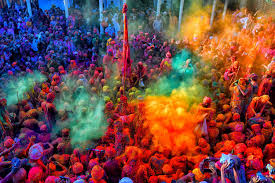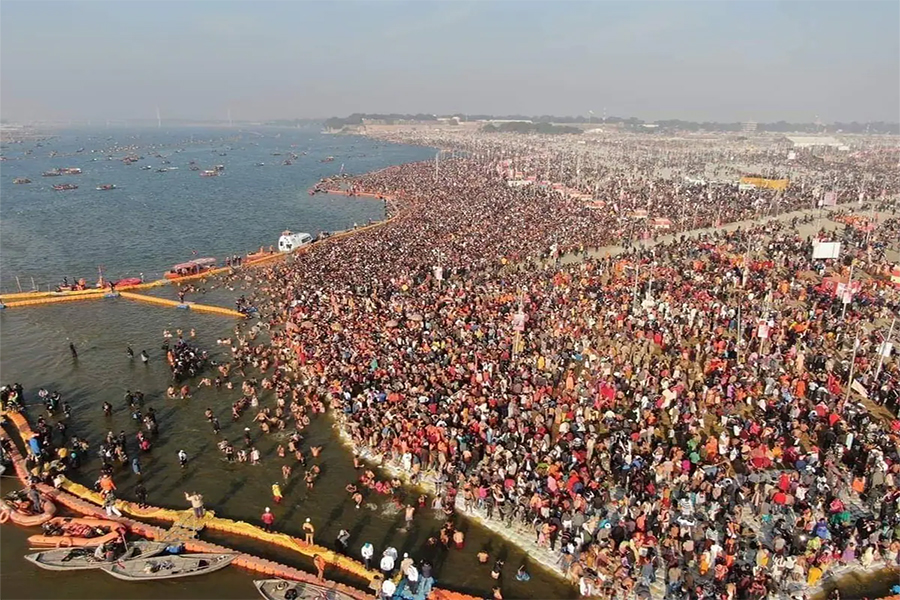Holi Festival in Nepal: A Vibrant Celebration of Colors and Joy
Holi Festival in Nepal: A Vibrant Celebration of Colors and Joy
Holi, often referred to as the "Festival of Colors," is one of the most anticipated and joyous celebrations in Nepal. This vibrant Hindu festival marks the arrival of spring, symbolizing the triumph of good over evil, and the renewal of life. Celebrated with enthusiasm across the country, Holi in Nepal brings communities together in a beautiful display of colors, laughter, and unity.
When is Holi Celebrated in Nepal?
Holi is celebrated on different days in various parts of Nepal. In the hilly regions, including Kathmandu, it falls on the full moon day of the Falgun month (February-March), while in the Terai region, the festival is celebrated a day later. This slight variation adds a unique charm to Holi in Nepal, allowing people in different parts of the country to celebrate on their own day of joy.
How is Holi Celebrated in Nepal?
On the day of Holi, people of all ages come together to play with colors. Streets, homes, and public squares are filled with revellers smearing vibrant hues of red, yellow, green, and blue powder (called abir) on each other. Water balloons, water guns, and buckets of colored water are thrown into the mix, turning the celebration into a playful water fight.
In Kathmandu, Basantapur Durbar Square is one of the key spots for Holi celebrations, where locals and tourists alike gather to immerse themselves in the festive spirit. Traditional music, dancing, and the exchange of sweets like gujiya add to the excitement.
Religious Significance of Holi
Holi holds great religious importance in Hindu culture. It is primarily associated with the legend of Holika, the demoness who was defeated by the devotion of Prahlad, a devotee of Lord Vishnu. This symbolizes the victory of good over evil. Bonfires are lit on the eve of Holi (known as Holika Dahan) to commemorate this event.
In Nepal, the festival also marks the change of seasons, bidding farewell to the cold of winter and welcoming the warmth of spring. This transition is celebrated through the burst of colors, representing life and energy.
Holi in Different Parts of Nepal
While the essence of Holi remains the same across Nepal, each region adds its own flavor to the celebrations. In the Terai region, the influence of Indian culture is strong, and Holi is celebrated with more pomp, often lasting for two days. In the rural villages, traditional songs and dances, like the Chutki Naach, are performed as part of the festivities.
In the Newar community, Holi is celebrated as Sithi Nakha, where families gather for feasts, and various rituals are performed to honor gods and ancestors.
Holi: A Festival of Unity
Holi in Nepal goes beyond religious boundaries. It is a time when people from all walks of life come together, regardless of caste, age, or gender. The colors symbolize the breaking down of social barriers, fostering unity and brotherhood. Holi has also gained popularity among tourists, making it a global festival celebrated in the streets of Kathmandu and beyond.
Tips for Enjoying Holi in Nepal
- Wear old clothes: The colorful powders can stain, so it’s best to wear something you don’t mind getting dirty.
- Protect your skin and hair: Applying oil to your skin and hair can help prevent staining and make it easier to wash off the colors.
- Respect local customs: While Holi is fun, it’s important to be respectful of others, especially when engaging with locals during the celebrations.
- Stay hydrated: Holi often involves hours of dancing and playing in the sun, so make sure to drink plenty of water.
Conclusion
Holi in Nepal is an explosion of colors, culture, and camaraderie. Whether you are a local or a traveler, experiencing Holi in Nepal offers a unique glimpse into the country’s rich traditions and festive spirit. From the bustling streets of Kathmandu to the quieter rural villages, Holi brings people together to celebrate the joy of life and the beauty of unity.
Plan your trip to Nepal during Holi to witness this spectacular festival, and immerse yourself in a once-in-a-lifetime experience of color, culture, and celebration.





Anthony